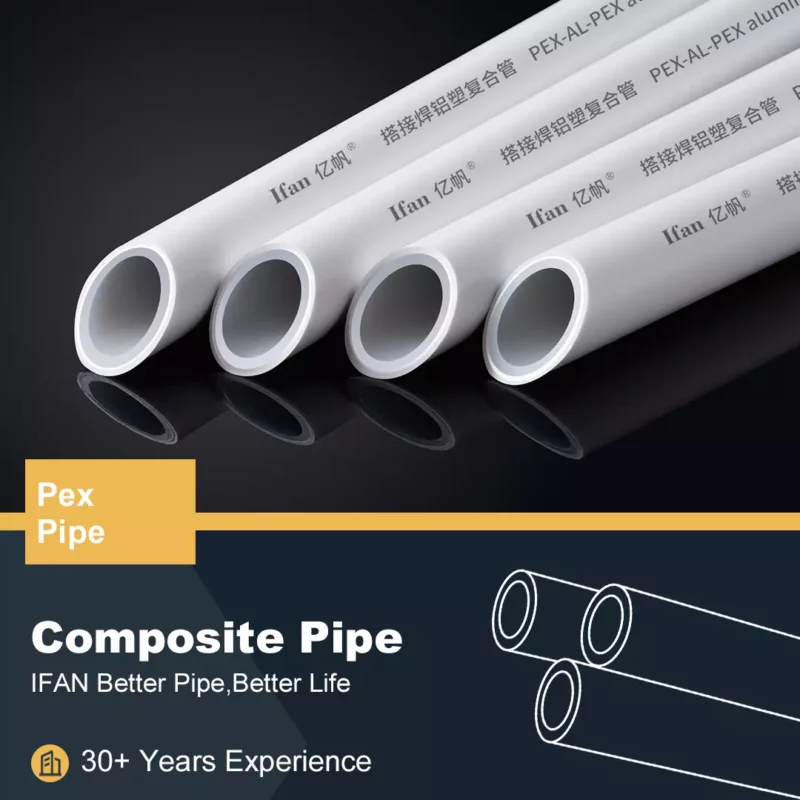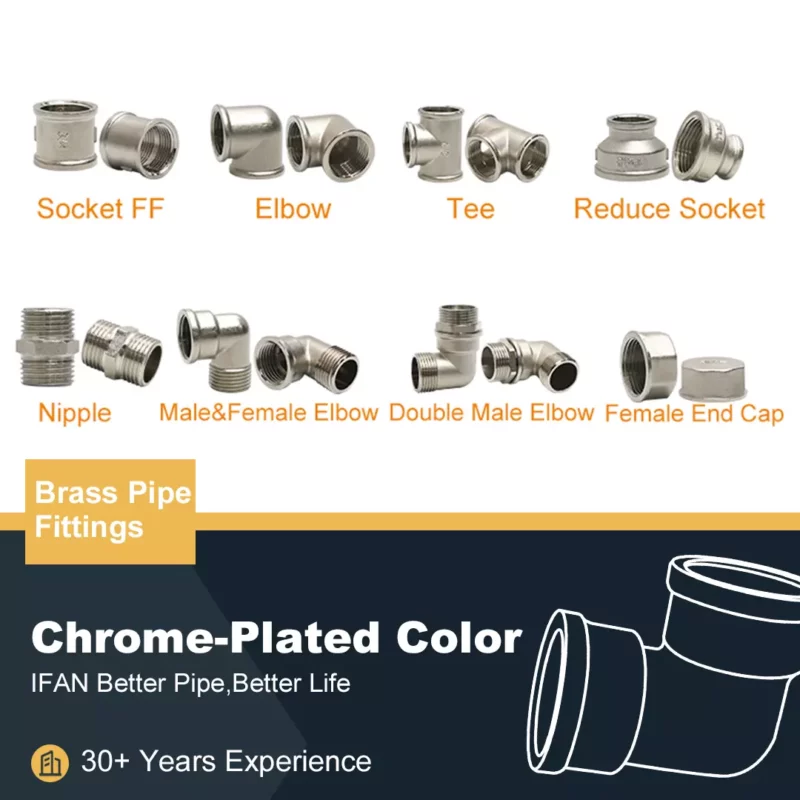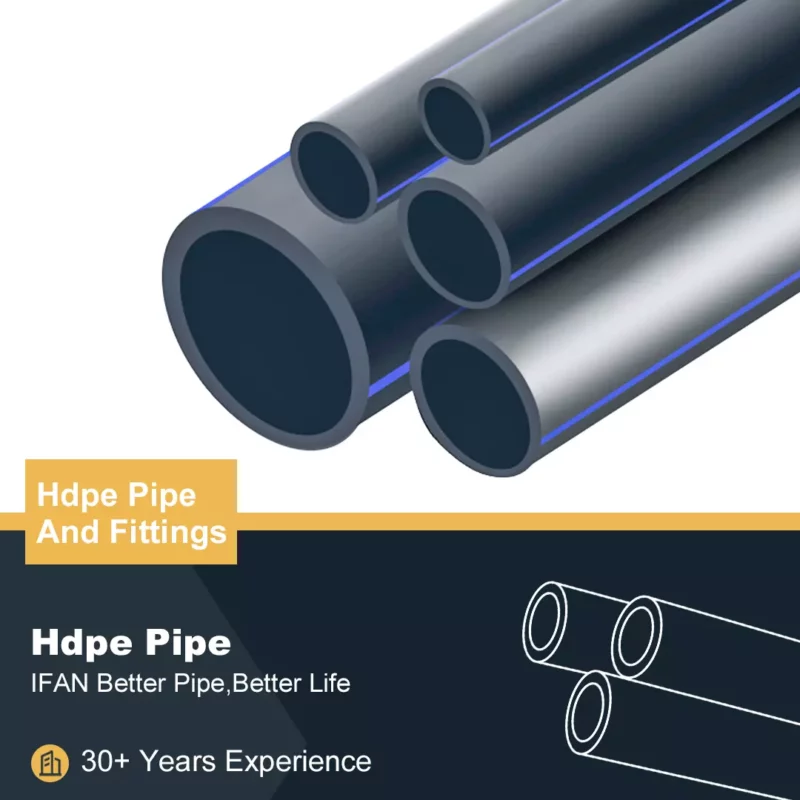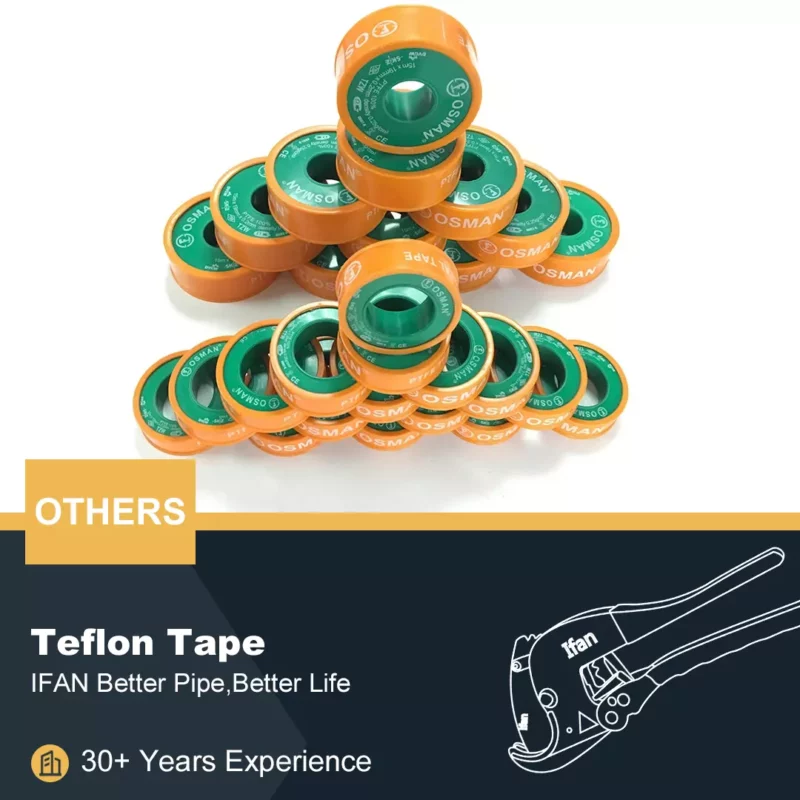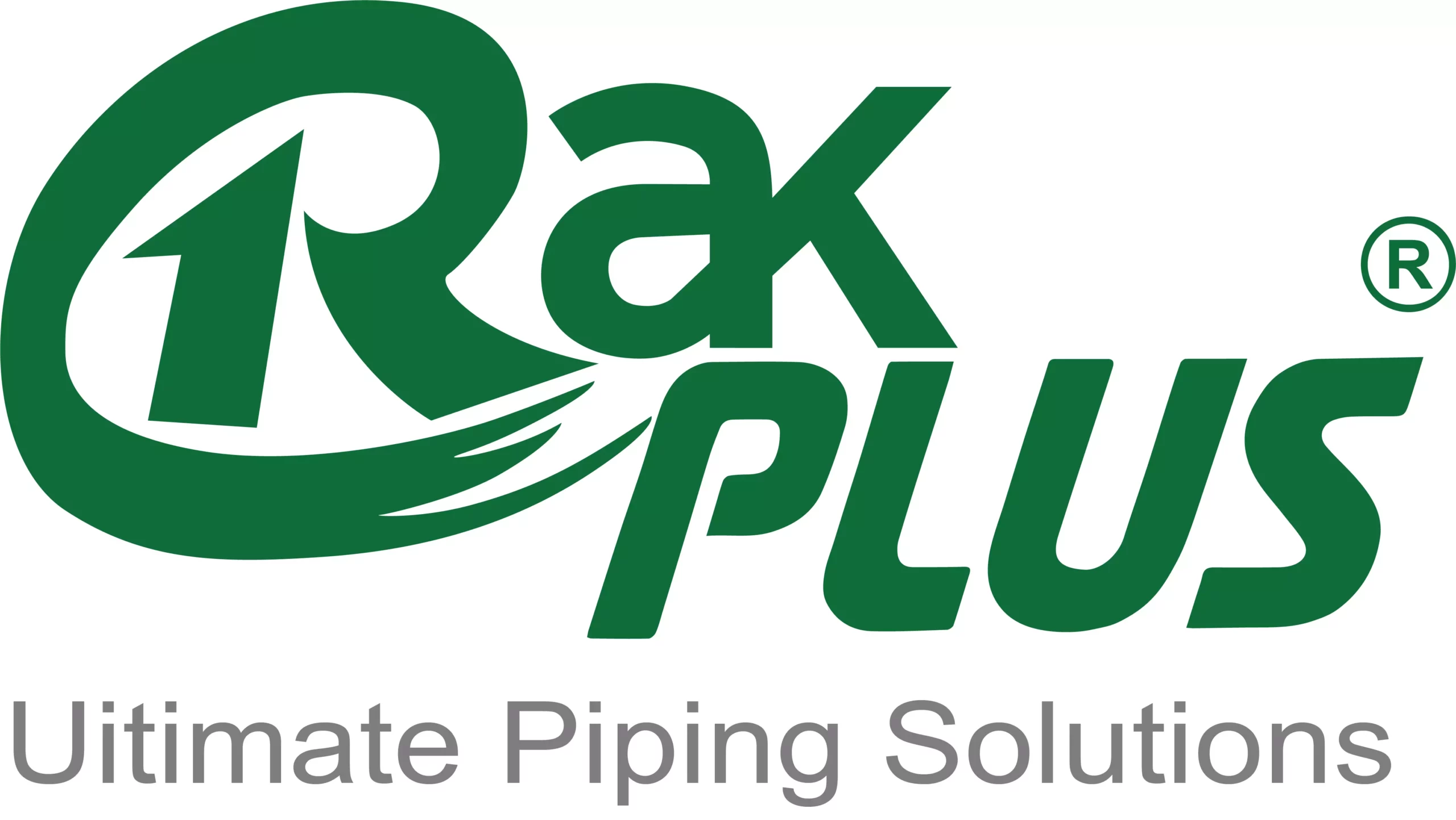Ensuring the integrity of CPVC pipe fittings from storage to installation is crucial for successful plumbing projects.
Storage: Creating Optimal Conditions for CPVC Pipe Fittings
CPVC fittings must be stored in a controlled environment to maintain their structural integrity. Extreme temperatures, whether too high or too low, can compromise the material properties of CPVC fittings, leading to brittleness or warping. Storing them in a cool, dry place away from direct sunlight is essential. UV rays can degrade the material over time, reducing its strength and durability. Additionally, exposure to moisture can cause corrosion, especially in metal fittings. Therefore, it’s imperative to keep CPVC fittings in their original packaging or sealed containers to shield them from environmental elements.
Protection: Safeguarding CPVC Fittings from Potential Damage
During storage and transportation, CPVC fittings are susceptible to physical damage that can render them unusable. Mishandling, dropping, or stacking heavy objects on top of fittings can lead to cracks, fractures, or deformation. To prevent such damage, handlers should exercise caution and use appropriate lifting techniques. Furthermore, storing fittings in a designated area away from heavy machinery or traffic pathways reduces the risk of accidental damage. By maintaining a clear space and handling fittings with care, you can ensure their structural integrity remains intact until installation.
Handling: Exercising Gentle Care during Transit
CPVC fittings require delicate handling during transportation to prevent any form of mechanical stress or impact. Rough handling can result in microfractures or surface abrasions that weaken the fittings, compromising their performance. Handlers should employ padding or cushioning materials when transporting fittings to minimize the risk of damage. Additionally, using proper lifting equipment and techniques reduces the likelihood of dropping or mishandling fittings. By treating CPVC fittings with the necessary care during transit, you can preserve their quality and functionality for installation.
Inspection: Vigilant Checking for Defects
Before proceeding with installation, it is essential to conduct a thorough inspection of CPVC fittings for any visible defects or abnormalities. This step ensures that only fittings of the highest quality are used in plumbing systems, reducing the risk of leaks or failures. Inspectors should scrutinize each fitting for signs of cracks, warping, or surface irregularities that may compromise its integrity. Any fittings found to be defective should be promptly removed from circulation and replaced with new ones. By adhering to stringent inspection protocols, you can maintain the reliability and efficiency of CPVC pipe installations.
Cleaning: Removing Surface Contaminants
During storage, CPVC fittings may accumulate dust, dirt, or other contaminants that can affect their performance if left unchecked. Before installation, it is imperative to clean fittings thoroughly to remove any surface impurities. A soft cloth or brush can be used to gently wipe away dirt and debris, ensuring that the fitting surfaces are clean and free from obstruction. Additionally, rinsing the fittings with water can help eliminate stubborn residues. By incorporating cleaning into the pre-installation process, you can enhance the bond between CPVC fittings and cement, ensuring leak-free connections.
Organization: Maintaining Systematic Arrangement
Organizing CPVC fittings in a systematic manner streamlines the installation process and minimizes the risk of errors or oversights. A well-organized storage area allows installers to locate specific fittings quickly, reducing downtime and increasing productivity. Implementing storage racks, shelves, or bins with clearly labeled compartments facilitates easy access and inventory management. By maintaining orderliness in the storage area, you can optimize workflow efficiency and ensure that the right fittings are always at hand when needed.
Labeling: Ensuring Clear Identification
Proper labeling of CPVC fittings is essential for accurate identification and inventory management. Each fitting should be clearly labeled with relevant information, such as size, type, and manufacturer. This labeling system helps installers quickly identify the required fittings and ensures that the correct components are used in plumbing systems. Additionally, labeling facilitates inventory tracking, making it easier to monitor stock levels and reorder supplies as needed. By implementing a comprehensive labeling system, you can enhance organizational efficiency and reduce the risk of errors during installation.
Rotation: Implementing FIFO Inventory Management
To prevent inventory stagnation and ensure the freshness of CPVC fittings, it is advisable to adopt a “first in, first out” (FIFO) inventory management system. This system prioritizes the use of older stock before newer arrivals, reducing the likelihood of fittings becoming obsolete or degraded due to prolonged storage. Regularly rotating inventory helps maintain product quality and minimizes the risk of using expired or outdated fittings in plumbing projects. By adhering to FIFO principles, you can optimize inventory turnover and ensure that CPVC fittings remain in prime condition for installation.
Training: Educating Personnel on Proper Handling Procedures
Proper training of personnel is essential to instill a culture of care and responsibility when handling CPVC fittings. All individuals involved in the storage, handling, and installation of fittings should receive comprehensive training on best practices and safety protocols. This training should cover proper lifting techniques, handling procedures, and inspection protocols to minimize the risk of damage or injury. Additionally, personnel should be educated on the importance of adhering to storage guidelines and maintaining cleanliness in the work environment. By investing in training and education, you can empower personnel to perform their duties with confidence and competence, ensuring the successful storage and handling of CPVC fittings.
Conclusion: Upholding Quality Standards
In conclusion, proper storage and handling of CPVC pipe fittings are essential for maintaining product quality and ensuring the success of plumbing installations. By creating optimal storage conditions, protecting fittings from damage, exercising gentle care during handling, conducting thorough inspections, and implementing effective organizational and inventory management practices, you can uphold the highest standards of quality and reliability in your plumbing projects. Through education and adherence to best practices, you can safeguard the integrity of CPVC fittings and maximize their performance and longevity in plumbing systems.
If you have read this article and have any questions, please feel free to contact IFAN. Below is our contact information:
Whatsapp:+86 13373827623
Email:[email protected]











